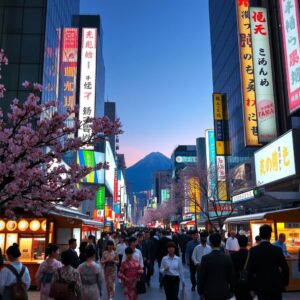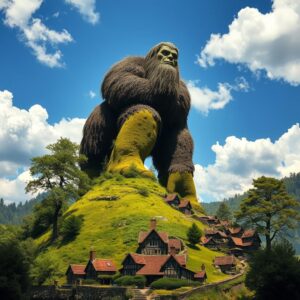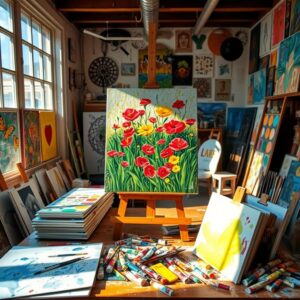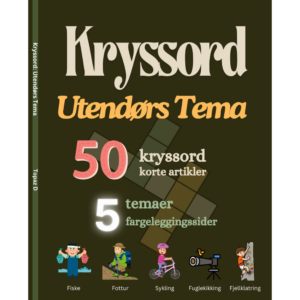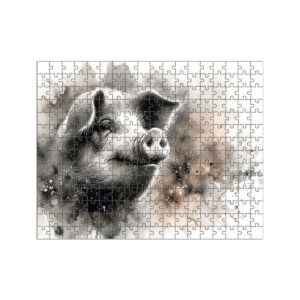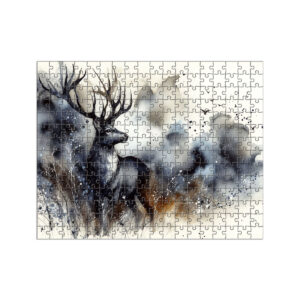
Explore & Play
Discover interesting topics and solve the accompanying crossword puzzle.
Belgian City Crossword | Belgium’s Urban Treasures
Table of Contents
Welcome to our exploration of Belgium’s vibrant cities! To enhance your experience, you can start by solving the Belgian city crossword, which will challenge your knowledge and set the stage for the insights to come. If you’re less familiar with the topic, feel free to read the article first and then return to the crossword for a fun way to reinforce what you’ve learned. Enjoy the journey through Belgium’s urban landscape!
Belgian City Crossword
You can either fill in the crossword puzzle directly on this page or click the button in the bottom right corner to print it for free.
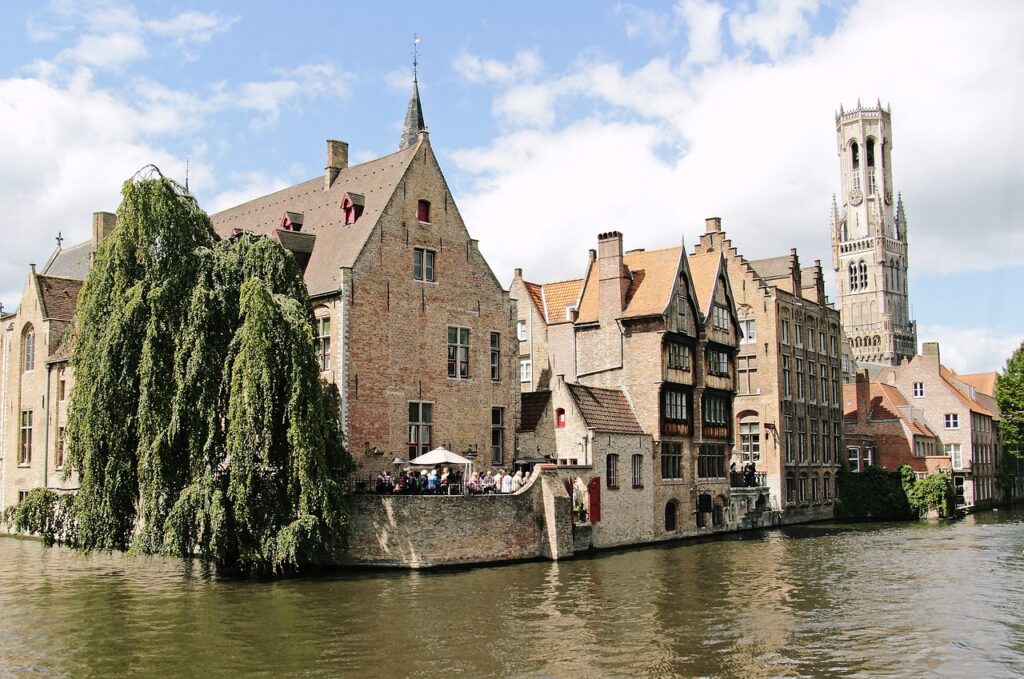
Exploring Belgium's Rich Urban Tapestry
Belgium is a country steeped in history, culture, and diversity, boasting a rich tapestry of cities that each tell their own unique story. From the bustling streets of Brussels to the serene canals of Bruges, every city offers a glimpse into Belgium’s past and present. This article will take you on a journey through these remarkable urban landscapes, exploring their significance and the distinctive qualities that make each city a destination worth visiting. Along the way, we will also introduce a fun crossword puzzle featuring many of the cities and themes discussed.
1. The Capital: Brussels
1.1. Cultural Hub
Brussels stands as the vibrant heart of Belgium, blending history with modernity. As the capital city, it is home to a rich array of cultural institutions, museums, and theaters. Notably, the Royal Palace offers a glimpse into the country’s monarchy, while the Atomium stands as a symbol of architectural innovation. Visitors can wander through the Mont des Arts, a beautiful area showcasing gardens and cultural venues, making it a perfect starting point for exploring the city’s artistic landscape.
1.2. Political Significance
As the de facto capital of the European Union, Brussels plays a pivotal role in international politics. The presence of the European Parliament and numerous other EU institutions lends the city a unique atmosphere that combines political activity with cultural vibrancy. Visitors can witness the intersection of governance and daily life, making it a fascinating place to explore. Tours of the Parliament often provide insights into European politics and foster a greater understanding of the EU’s functions.
2. Bruges: The Venice of the North
2.1. Historical Significance
Bruges enchants visitors with its medieval charm and historical relevance. The city’s well-preserved architecture transports you back in time, showcasing beautiful brick buildings and picturesque canals. A stroll along the Belfry of Bruges is a must, as it offers breathtaking views of the city and an opportunity to appreciate its historical architecture. Additionally, the Church of Our Lady houses the renowned statue of Michelangelo’s Madonna, further enriching Bruges’ cultural heritage.
2.2. Culinary Delights
The culinary scene in Bruges is as rich as its history, offering a plethora of local delights. From Belgian waffles to frites, the city caters to every palate. Moreover, Bruges is known for its exceptional chocolate shops, where you can indulge in artisanal creations. Visitors should also take the time to enjoy a traditional Belgian beer at one of the many local breweries, where centuries-old brewing techniques meet contemporary flavors, enriching the experience.
3. Antwerp: The Fashion Capital
3.1. Art and Architecture
Antwerp is renowned for its striking architecture and artistic heritage. The Cathedral of Our Lady, a UNESCO World Heritage Site, is a masterpiece that showcases the brilliance of Gothic architecture. Inside, you will find works by renowned artists like Rubens, making it a significant cultural stop. Additionally, the Antwerp Zoo, one of the oldest zoos in the world, is located right in the city center, allowing visitors to enjoy both wildlife and architectural beauty in one trip.
3.2. Shopping and Fashion
Often hailed as the fashion capital of Belgium, Antwerp boasts a vibrant shopping scene. The Meir, the main shopping street, is lined with both luxury boutiques and high-street brands. Furthermore, the city is home to the famous Royal Academy of Fine Arts, which has produced influential designers known for their unique styles. Visitors can explore the Fashion District to discover emerging designers and innovative shops that redefine contemporary fashion.
4. Ghent: A Blend of Old and New
4.1. Historical Landmarks
Ghent’s skyline is dominated by stunning medieval architecture, providing a captivating backdrop for exploring the city’s history. The Gravensteen Castle, with its imposing structure, tells the story of the city’s feudal past. Nearby, St. Bavo’s Cathedral houses the famous altarpiece, the Adoration of the Mystic Lamb, a masterpiece that draws art enthusiasts from around the world. These landmarks not only highlight the city’s rich history but also offer insight into its evolution over the centuries.
4.2. Modern Culture
Beyond its historical sites, Ghent pulsates with contemporary culture. The city is known for its vibrant art scene, with numerous galleries and street art installations scattered throughout its neighborhoods. Gentse Feesten, an annual cultural festival, showcases local music, theater, and performances, inviting both locals and tourists to partake in the festivities. This blend of old and new makes Ghent a dynamic city, where history and modernity coexist harmoniously.
5. Liège: A City of Vibrance
5.1. Nightlife and Youth Culture
Liège is known for its dynamic nightlife and youthful spirit. With a large student population, the city comes alive at night, offering an array of bars and clubs that cater to all tastes. The Place du Marché is a popular gathering spot, where locals enjoy live music and outdoor dining, creating a lively atmosphere. This vibrant nightlife not only reflects the city’s energy but also showcases its welcoming spirit, making it an ideal destination for socializing.
5.2. Culinary Heritage
The culinary offerings in Liège reflect its rich traditions and innovative spirit. Local specialties, such as boulets à la Liégeoise (meatballs) and Liège waffles, are a must-try for anyone visiting the city. The Marché de la Batte, a bustling Sunday market along the Meuse River, is the perfect place to sample these delights and immerse yourself in the local culture. Additionally, the market’s vibrant atmosphere, filled with colorful stalls and local vendors, makes it a memorable experience.
6. Leuven: The University City
6.1. Academic Heritage
Leuven’s prestigious university is at the heart of the city’s identity. Founded in 1425, the Katholieke Universiteit Leuven is one of the oldest and most respected universities in Europe. The university’s beautiful campus, complete with historic buildings and serene gardens, invites exploration. Visitors can also enjoy guided tours that delve into the university’s rich history and its impact on Belgian education and culture.
6.2. Beer Culture
Leuven is also famous for its beer culture, being home to some of the oldest breweries in Belgium. The renowned Stella Artois brewery offers tours that highlight the brewing process and the history behind this iconic beer. Additionally, local pubs and bars serve an extensive selection of Belgian brews, allowing visitors to savor the diverse flavors that the country is known for. The combination of academic prestige and a thriving beer scene makes Leuven a fascinating destination.
7. Namur: The Capital of Wallonia
7.1. Historical Significance
As the capital of Wallonia, Namur is steeped in history. The Citadel of Namur, perched on a hill overlooking the confluence of the Meuse and Sambre rivers, has stood for centuries as a symbol of the city’s resilience. Visitors can explore its extensive grounds, enjoying panoramic views and learning about its strategic importance throughout history. This blend of historical intrigue and stunning scenery makes Namur a captivating place to explore.
7.2. Natural Beauty
Nestled at the confluence of two rivers, Namur offers stunning natural landscapes. The surrounding countryside is dotted with charming villages, making it an excellent destination for outdoor enthusiasts. Activities such as hiking and cycling along the riverside paths provide a unique way to experience the beauty of the region. Furthermore, Namur’s parks and gardens offer tranquil spots to relax, inviting visitors to unwind amidst nature.
8. Tournai: A Tapestry of History
8.1. Architectural Marvels
Tournai is home to remarkable architectural sites, including its stunning cathedral, the Cathedral of Notre-Dame, which is one of the oldest in Belgium. With its beautiful Romanesque architecture and impressive towers, the cathedral is a UNESCO World Heritage Site that draws visitors from far and wide. Additionally, the city’s Belfry, another UNESCO site, provides breathtaking views and a glimpse into Tournai’s historical significance.
8.2. Cultural Events
The city hosts numerous cultural events that celebrate its rich heritage. The Tournai Music Festival attracts musicians and audiences from all over, showcasing local talent and creating a festive atmosphere. Other events, such as art exhibitions and historical reenactments, allow visitors to immerse themselves in Tournai’s vibrant culture, making each visit a unique experience.
9. Charleroi: The Industrial Heart
9.1. Industrial History
Charleroi’s history is deeply rooted in industry, particularly coal and steel. Once considered the industrial powerhouse of Belgium, the city has evolved significantly over the years. Visitors can explore the remnants of its industrial past at various heritage sites and museums, gaining insight into the city’s transformation and the impact of industrialization on its development.
9.2. Cultural Revival
In recent years, Charleroi has undergone a cultural renaissance. The city has invested in art projects and community initiatives that aim to revitalize its urban landscape. Contemporary art galleries and cultural centers now flourish, showcasing local artists and fostering creativity. This cultural revival not only enhances the city’s image but also invites visitors to explore its dynamic arts scene.
10. Lesser-Known Gems: Beyond the Major Cities
10.1. Exploring Smaller Cities
Belgium is also home to charming smaller cities that are often overlooked. Cities like Mechelen, known for its historic buildings and vibrant atmosphere, and Ypres, steeped in World War I history, offer unique experiences that reflect the country’s diverse culture. Exploring these lesser-known gems provides an opportunity to discover hidden treasures and enjoy a more intimate travel experience.
10.2. Nature and Scenic Views
Many of Belgium’s smaller towns are surrounded by picturesque countryside, making them perfect for nature lovers. The Ardennes, for example, offers stunning landscapes, hiking trails, and opportunities for outdoor activities. This natural beauty complements the rich urban experiences, inviting visitors to explore both the cities and the stunning nature that Belgium has to offer.
Final Thoughts on Belgium’s Urban Landscape
Belgium is a country that captivates visitors with its diverse cities, each possessing a unique blend of history, culture, and modernity. From the political significance of Brussels to the medieval charm of Bruges, every destination offers something special. Exploring these cities provides a deeper understanding of Belgium’s rich heritage and vibrant contemporary culture.
As you dive into the unique experiences Belgium has to offer, why not engage with this journey further by playing the crossword puzzle? Challenge your knowledge of Belgian cities and landmarks while having fun!
Share to...
I hope you enjoy the content.
Want to receive our daily crossword puzzle or article? Subscribe!
You may also be interested in
Share to…
Want to receive our daily crossword puzzle?
-
Jigsaw Puzzles
Elegant Pig Zodiac Watercolor Jigsaw Puzzle 250 | 300 | 500 Brikker
kr 348,00 – kr 439,00Price range: kr 348,00 through kr 439,00 Select options This product has multiple variants. The options may be chosen on the product page -
Jigsaw Puzzles
Majestic Horse Watercolor Jigsaw Puzzle 250 | 300 | 500 Pieces
kr 348,00 – kr 439,00Price range: kr 348,00 through kr 439,00 Select options This product has multiple variants. The options may be chosen on the product page -
Jigsaw Puzzles
Majestic Stag Watercolor Jigsaw Puzzle 250 | 300 | 500 Pieces
kr 348,00 – kr 439,00Price range: kr 348,00 through kr 439,00 Select options This product has multiple variants. The options may be chosen on the product page
